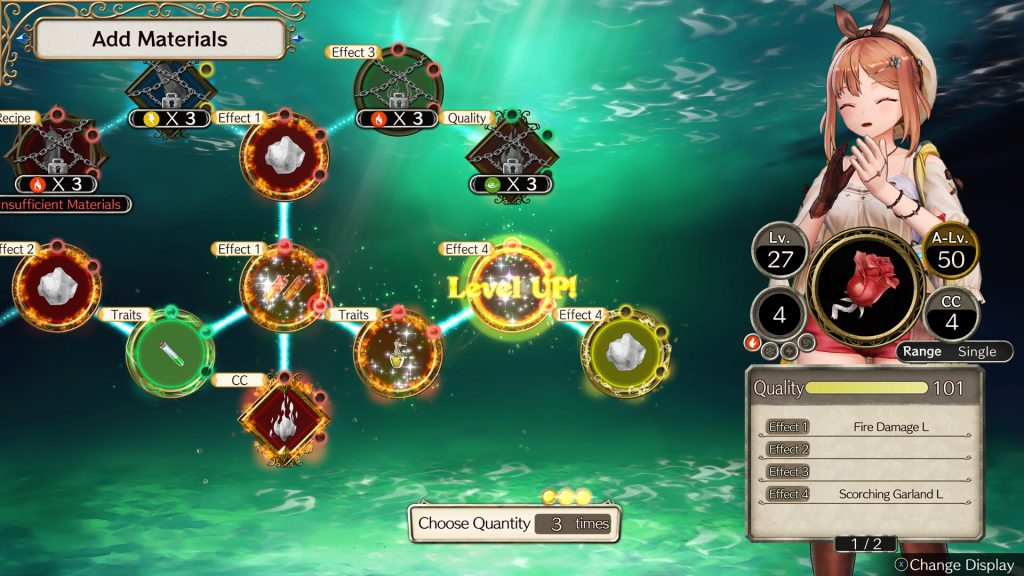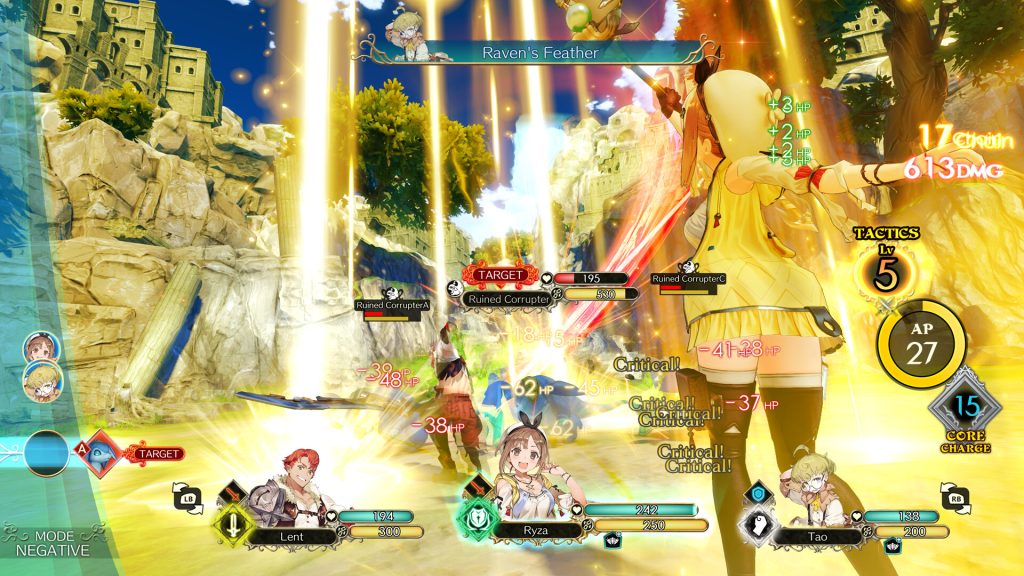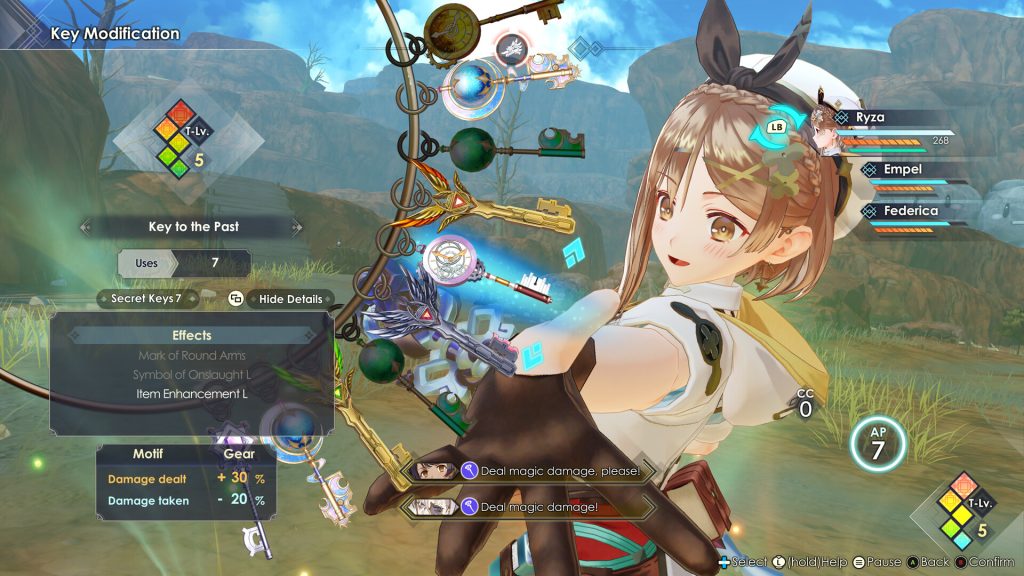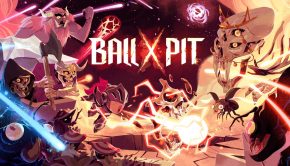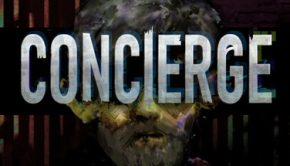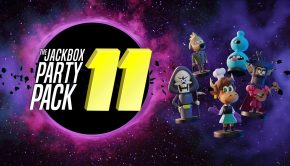Atelier Ryza Secret Trilogy Deluxe Pack PC Review
Summary: The Atelier Ryza Secret Trilogy Deluxe Pack is a great entry point into the Atelier franchise. There's tons to do and see thanks to the inclusion of all prior DLC and some new content exclusive to this package.
4.1
Wonderful!
First launching in 1997, developer Gust has put out an astonishing number of titles in the almost three decades since its inception.
This triple pack of games focuses on the ‘Ryza’ titles that were first released in 2019 through 2023, with KOEI TECMO pulling double duty in both publisher and developer roles this time around.
The enduring Atelier series has largely passed me by over the years, so I figured that this enhanced re-release would be an excellent place to jump into the franchise and see what it’s all about. Each game is centred around a character that typically is the namesake of the game, which in this case is Reisalin ‘Ryza’ Stout.
This is largely going to be a general overview of all three games in the package rather than individual reviews; almost everything that applies to one game in the trilogy applies to the other two.
Alchemy is a central theme throughout the Ryza trilogy, as well as the Atelier series as a whole, and this is reflected in gameplay. There’s a massive emphasis on collecting resources from around the world and crafting new items to use. The crafting system itself is a little unusual as far as crafting systems go. Ingredients are placed into nodes on a grid that represent different elements, and these, in turn, apply different effects to the recipe.
It’s used extensively throughout the games and is essential for acquiring the best gear. With that said, there’s the option to automate the gathering and crafting to a degree, which significantly reduces the amount of time spent doing it. I didn’t really use the option myself, but it’s nice to have for players who aren’t interested in it as a mechanic.
Outside of the crafting, time is spent travelling around the world. The story progresses linearly for the most part. Encounters are marked on the map, and arriving at them triggers the next event. Each of the main stories focuses on Ryza and her companions as they adventure around the land.
Everything is kept very light in tone; it’s generally always a pleasant experience, and this is backed up by the visuals. Bright, bold colours fill out every scene, and while the environments aren’t especially detailed, they work well enough with the art style. It’s a presentation that reminds me of many PS2 RPGs in the best possible way.
When it comes to combat, the Atelier Ryza trio has a hybrid system in place. Not quite turn-based and not quite completely real-time. Normally, hybrid systems like this seldom work, often being clunky or uncoordinated, working better if they’d just picked one or the other rather than trying to make both work together. However, in this case, I think it does work.
On the surface, it’s a typical Active Time Battle system. Your team and all the enemies have a gauge that fills up over time. Once it’s filled, they get to act. Attacking builds up action points, which can then be spent on abilities and special attacks, or used to build the team’s Tactics Level, which, when increased sufficiently, grants access to even more powerful attacks. Another advantage of increasing a character’s tactics level is that it grants additional attacks on a successful button press. It’s entirely optional but increases damage output and isn’t too taxing when it comes to sliding what are effectively quick-time events into an otherwise typical JRPG battle system.
I like this approach to hybridising combat. It’s effectively the opposite of a game like Clair Obscure: Expedition 33, which tends to punish the player for not mastering its hybrid combat, despite being a similar mechanic.
So, what’s new in this trio of Atelier games? The most obvious difference to the original releases is that they’ve had a bit of a glow-up. All three games have had their visuals polished up and new graphics options added, as well as improvements made to the UI. Having not played the original releases, I can’t comment on how the feature set compares, but now all three games run at 4K, with support for framerates above 60fps with all the modern features that you’d expect.
Along with the visual improvements, a whole suite of content has been added to the package. All the DLC from the original games is present and correct, as well as several new characters and smaller stories that flesh out the world and narrative. Finally, various tweaks have been made across all three games to improve the experience overall.
One thing that may turn some people off from the trilogy is the audio. Music and sound effects are all fine, good even. There’s some terrific music in these games; however, all the dialogue is in Japanese, with subtitles being the only option for anyone who doesn’t speak the language. This didn’t personally bother me; I’d much prefer to have decent subtitles than a bad dub, but this is going to come entirely down to personal preference. Being an RPG, there’s a lot of dialogue here, so be prepared to spend a significant portion of your play time looking at the bottom third of the screen.
Steam Deck
I’m happy to report that the Atelier Ryza trilogy works on the Steam Deck, albeit with some caveats. Performance is a little hit and miss. In most situations, the games hover between 45 and 60fps on low settings. Occasionally, in combat, when a lot of effects were on screen, it would drop into the 30s; this was relatively uncommon, though.
These games are perfectly playable on Steam Deck, and locking the refresh rate to 40Hz leads to an experience that both feels decent and is mostly stable. I never saw any drops below 30fps while playing on the Deck, so if you can put up with the lower framerate, you’ll have a great time.
Final Thoughts?
I like the Atelier Ryza trilogy of games; I’d go as far as to say that this updated re-release of them has sold me on the series as a whole, and I’ll be looking to try more of them out in the future. There are some nice quality of life upgrades over the originals, and the enhanced visuals really pop, looking great on a nice HDR screen at 4K.
Each of the games can be bought separately, and owners of the originals can transfer their save files over to the new releases, too! The only downside seems to be that there’s no upgrade path for existing owners of the original games, so it’s looking like a full price purchase, which may be a bridge too far for some people.
The Japanese dialogue and crafting focus might put some off, but if that doesn’t bother you and you enjoy a light-hearted JRPG, then the Atelier Ryza Secret Trilogy is well worth checking out.




